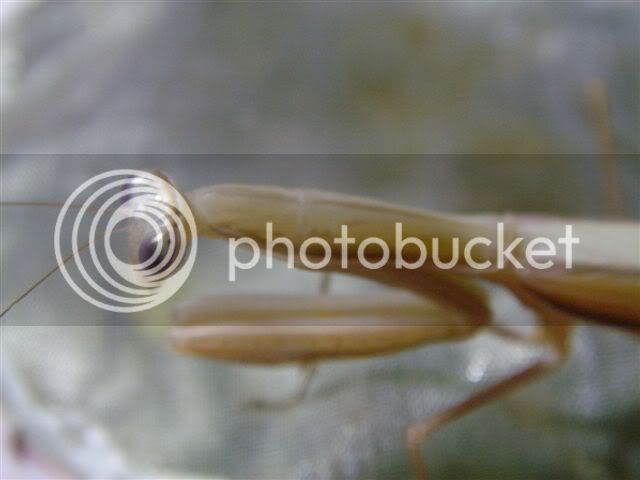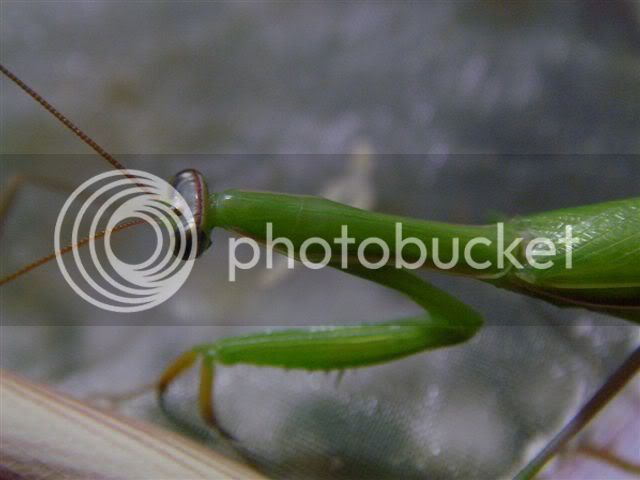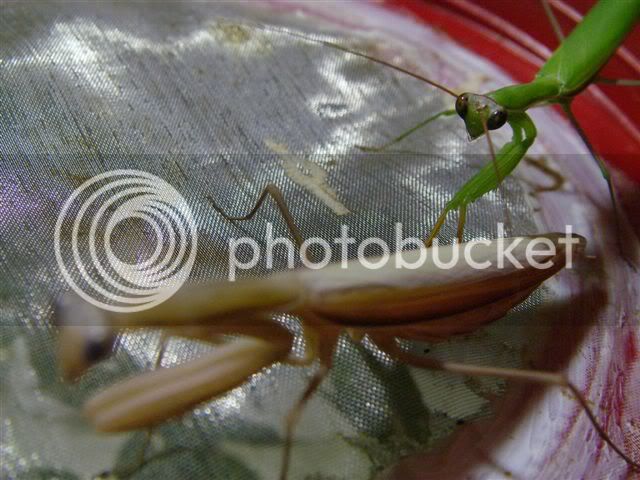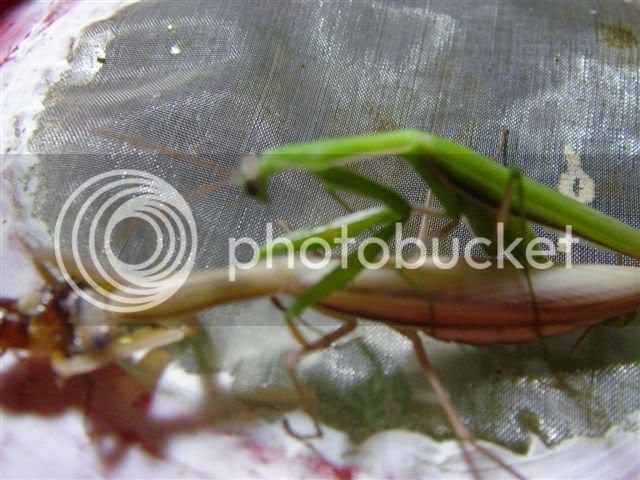Fisherman_Brazil:This thread is now so long that I had to go back to your original question, that no one has answered (lots of fun along the way, though), so here is the best answer that I can give you. Bear in mind that, like Salomonis, I have no academic credentials in entomology, population (or any other kind of) genetics or taxonomy, so correction by any more qualified person will be instructive. I can collate material though, and I am familar with the ways of academic establishments.
You say that your purported M religiosa does not undergo diapause, so could it be a different species? The answer is a decisive "yes" and "no".
Of course, you could have misidentified your specimens (that would be the "yes"), but assuming that you have not, and there is certainly a viable wild population (c.f. the British Mantis Study Group checklist for Taiwan), then there is no reason not to suppose that Taiwan supports a subspecies of M. religiosa marked by the ability to hatch without undergoing diapause. There is no need to even look at specimens of this drastically allopatric population in order to call it a subspecies. Decades ago, Sewall Wright, "the father of population genetics", defined a subspecies as a "geographic race" without recourse to specific morphological differences ( and no, darn it, I no longer have the books. Try Evaluation of the Genetics of Population and go to the chapter on "Species and Subspecies" Vol IV? Does anyone know?).
The question that that raised, was how can one subspecies differ so markedly from all the rest? I suggested that such a subspecies variation seems to occur in the Alaskan and Ohioan [sic?] populations of Melanoplus sanguinpes, and in his reply, I think that Salomonis hit the mark when he suggested that the diapause-initiating gene can be turned off or on according to the climate. My only objection to this was that it would suggest that M. religiosa that grew up in the wild in the Frozen North of the U.S. (or at least the F2 generation) and raised indoor at room temperature should hatch without diapause, but Cosmic's account of this species hatching in just this manner, though with rather feeble nymphs, tends to dispel that objection and suggests how the Taiwan subspecies became established. Based on Cosmic's observation, it seems at least plausible that when this insect was imported, presumably in the same way that it eneterd the U.S., on board ship, the first generation of ootheca survived the winter without diapause, and the few weeklings that survived were able to develop a populattion that did not need diaphase. There is nothing mysterious here. They were just lucky.
How about those on again, off again genes, though? Well, they exist in Bombyx mori, for sure. I found (another!) abstract, this time at "sciencdirect.com" which describes how "supression of DH-PBAN expression by silencing of the BmPitx successfully induced non-diapausid eggs from a diapause egg producer." Good luck with that! I lost a lot of it even while clutching my dog-eared college level, six year-old genetics text, but it demonstrates that the "diapause gene" can be turned off, and if that happens in silk moths then at least we have a mechanism for how it could happen in M. religiosa.
So where from here? One possibility is to keep a couple of your ooths in the refrigerater and see what happens in the Spring. Be aware, though, of a phenomenon called "genetic erosion". I don't know how long this species has been living in Taiwan, but their isolation and relatively small number of imports is bound to reduce their gene pool, and the diapause inducing gene might no longer function. It migt be more productive to import some ooths from the U.S. or Europe, and see how many, if any, survive a diapause free winter. A better bet (though I'm not saying don't expeiment!) might be to contact the entomology department at you university. In my experience, trying to find the right professor on the phone during his office hours is frequently a frustrating experience. Try using the university's website and locate an apropriate guy or send an enthusiastic and grovelling (both are necessary) Email to
[email protected]<
[email protected]> and hope for the best. If your university library has an open-door policy, you might try using the stacks with a pocketful of yuan in your pocket and photocopy anything of interest. If there has been a scientific study of this phenomenon, the experimental protoculs will be much more elegant and bullet proof than anything that we could come up with. Finally, I have a vague memory of an "Insect Museum", I think in Taapei. If it is still open, you might try finding a curator there. In my experience, they tend to be more immediately available than professors, and maybe you will get to see some "Good Stuff.
That's it. Good luck, and I am sure that most of the readers of this thread would be interested to hear what you discover.
And now back to the thread.....









